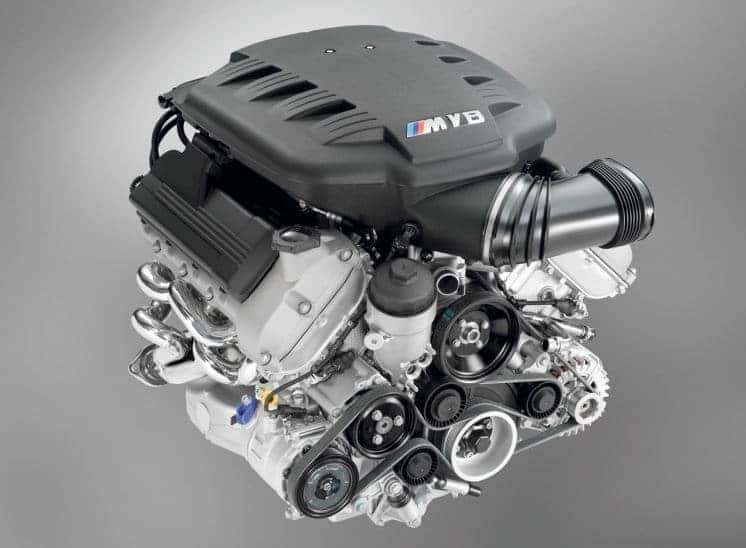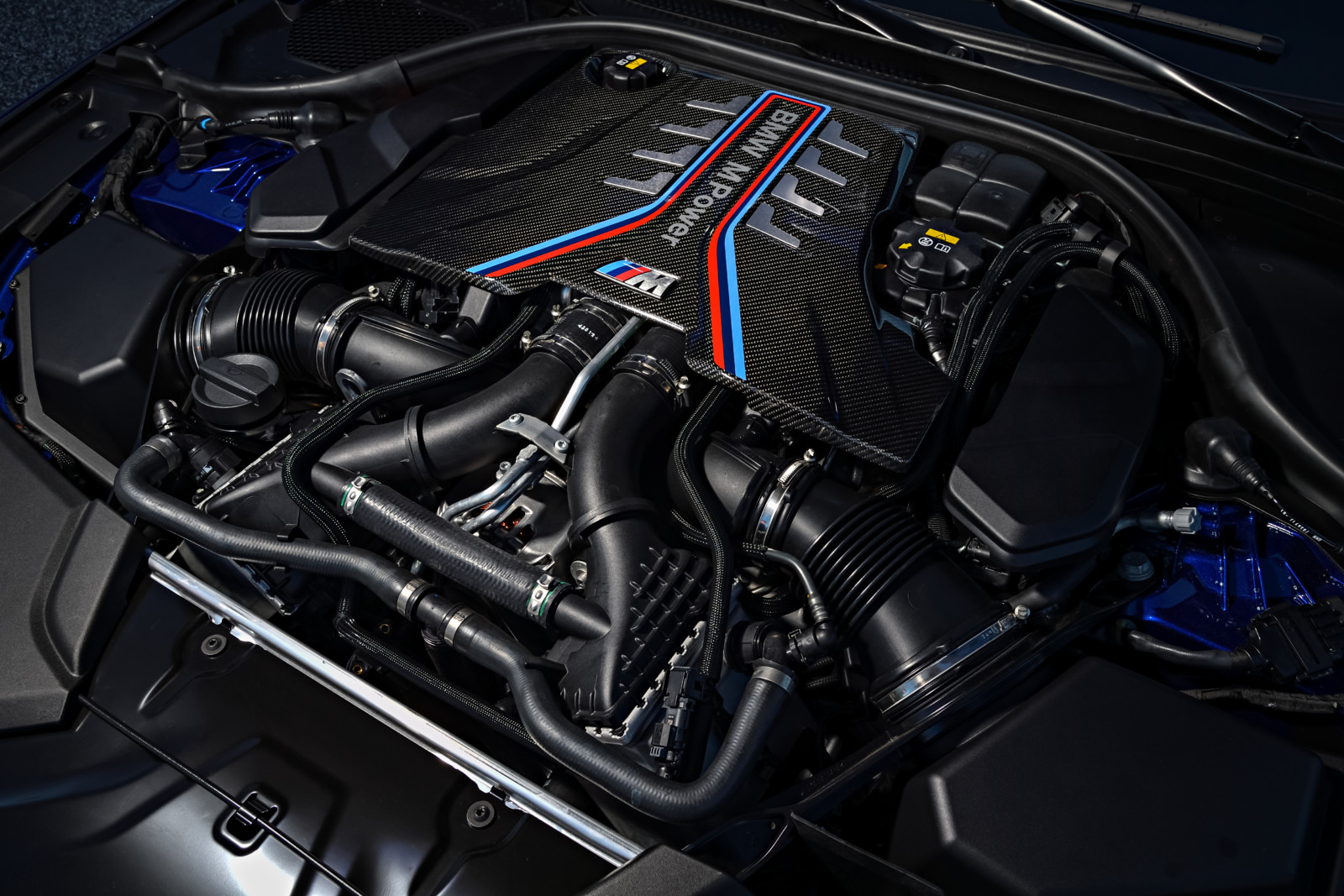Leading 5 BMW Engine Technologies Reinventing the Automotive Industry
Leading 5 BMW Engine Technologies Reinventing the Automotive Industry
Blog Article
Discovering the Evolution of Combustion Engines in Modern Transportation Systems
As we browse the landscape of modern-day transport, the development of burning engines stands as a testament to human ingenuity and engineering prowess. From their humble starts to the innovative powerhouses pushing cars today, combustion engines have undergone a remarkable journey of innovation and adjustment. Recognizing the ins and outs of this development not only clarifies the past but also leads the way for imagining what lies ahead in the world of transport modern technology. The interaction of background, innovation, and ecological worries fit the trajectory of combustion engines creates a story that is both compelling and insightful.
Very Early Beginnings of Combustion Engines
Exactly how did the principle of combustion engines very first arise in the early stages of transport growth? The origins of combustion engines can be mapped back to the 17th century when the principles of inner combustion were first checked out.
The breakthrough moment featured the invention of the initial effective gasoline-powered engine by Karl Benz in 1885 - bmw engine. This engine paved the method for the growth of the modern vehicle, changing transportation systems worldwide. Subsequent technologies by Nikolaus Otto and Gottlieb Daimler further fine-tuned burning engine innovation, bring about the automation of automobiles and the fast growth of the transport sector
These very early burning engines were identified by their simpleness and performance, laying the structure for the complicated and powerful engines utilized in modern transportation systems. The evolution of combustion engines has contributed in shaping the means we take a trip and deliver items, noting a considerable milestone in the history of transport growth.
Shift to Internal Combustion Modern Technology
The shift to interior combustion modern technology noted a critical shift in the development of transport systems. This change started in the late 19th century, with innovators like Nikolaus Otto and Gottlieb Daimler establishing the first effective interior combustion engines. These engines changed transport by providing an extra powerful and reliable option to steam engines and electrical motors.
One of the vital advantages of internal burning engines was their ability to be reduced to suit vehicles, bring about the advancement of motorcycles and cars. This shift from cumbersome, stationary engines to small, mobile ones led the way for the modern transport systems we see today.
The transition to interior burning innovation additionally spurred innovations in fuel technology, bring about the advancement of fuel and diesel as key gas resources for lorries. This change not only made transport more easily accessible to the masses but additionally laid the foundation for the oil and gas market to come to be essential to worldwide economies.
Effect of Combustion Engines on Transport
The adoption of burning engines in transport systems militarized a profound shift in the effectiveness and rate of international movement. Burning engines changed transport by providing a trustworthy and functional resource of power for numerous vehicles, including automobiles, aircrafts, ships, and vehicles. This innovation considerably improved the ability for people and goods to move over long distances in much shorter amount of time, leading to increased connectivity between areas and nations.
Moreover, the extensive use combustion engines has had a significant influence on economic development. The ability to transport products effectively has spurred profession and business, permitting services to broaden their markets and reach consumers worldwide. This has actually promoted financial growth and globalization, as products can currently be transported much faster and in bigger quantities than in the past.
However, the ecological effect of combustion engines can not be overlooked. The combustion of nonrenewable fuel sources has led to air contamination and greenhouse gas exhausts, contributing to climate change and positioning health threats to populaces. bmw engine. Therefore, there is a growing focus on establishing alternative propulsion modern technologies to reduce these negative results and produce an extra sustainable future for transportation
Technologies in Burning Engine Design
One noteworthy advancement is the advancement of turbocharged engines, which utilize exhaust gases to drive a wind turbine that compresses incoming air, permitting for more fuel to be scorched, resulting in enhanced power output without a significant increase in engine dimension. Variable shutoff timing systems have actually likewise transformed engine design by maximizing airflow at different engine rates, improving both power and effectiveness. These developments collectively add to the continual improvement of burning engines in contemporary transportation systems.
Future Fads in Burning Engine Development
With technology innovations driving constant development, the future of combustion engine growth is poised to revolutionize transport systems internationally. Among the vital patterns in burning engine advancement is the push in the direction of higher performance and minimized emissions. Suppliers are investing greatly in r & d to enhance engine efficiency while meeting rigorous environmental laws. This includes the assimilation of sophisticated gas injection systems, boosted turbocharging methods, and the usage of light-weight materials to optimize gas consumption and reduce carbon discharges.
One more famous trend is the adoption of hybrid modern technologies in combustion engines. Hybrid engines integrate typical burning technology with electrical power, look what i found providing boosted gas efficiency and lower discharges. As the auto industry shifts towards electrification, crossbreed combustion engines are seen as a transitional option that connects the void in between conventional automobiles and totally electric ones.
Furthermore, the combination of wise modern technologies, such as expert system and data analytics, is expected to play a substantial role in the future of burning engine development. These technologies can optimize engine performance in real-time, resulting in a lot more reliable burning procedures and boosted total car performance. Accepting these special info future patterns will not only drive development in burning engine growth but additionally contribute to an extra sustainable and eco friendly transportation ecosystem.

Final Thought
In final thought, the advancement of combustion engines in modern-day transportation systems has been noted by substantial advancements in innovation and layout. From the very early beginnings of combustion engines to the shift to interior burning innovation, these engines have had an extensive impact on transportation.
The origins of burning engines can be traced back to the 17th century when the principles of inner burning were first checked out. These engines reinvented transport by offering an extra reliable and effective alternative to heavy steam engines and electrical motors.

Report this page